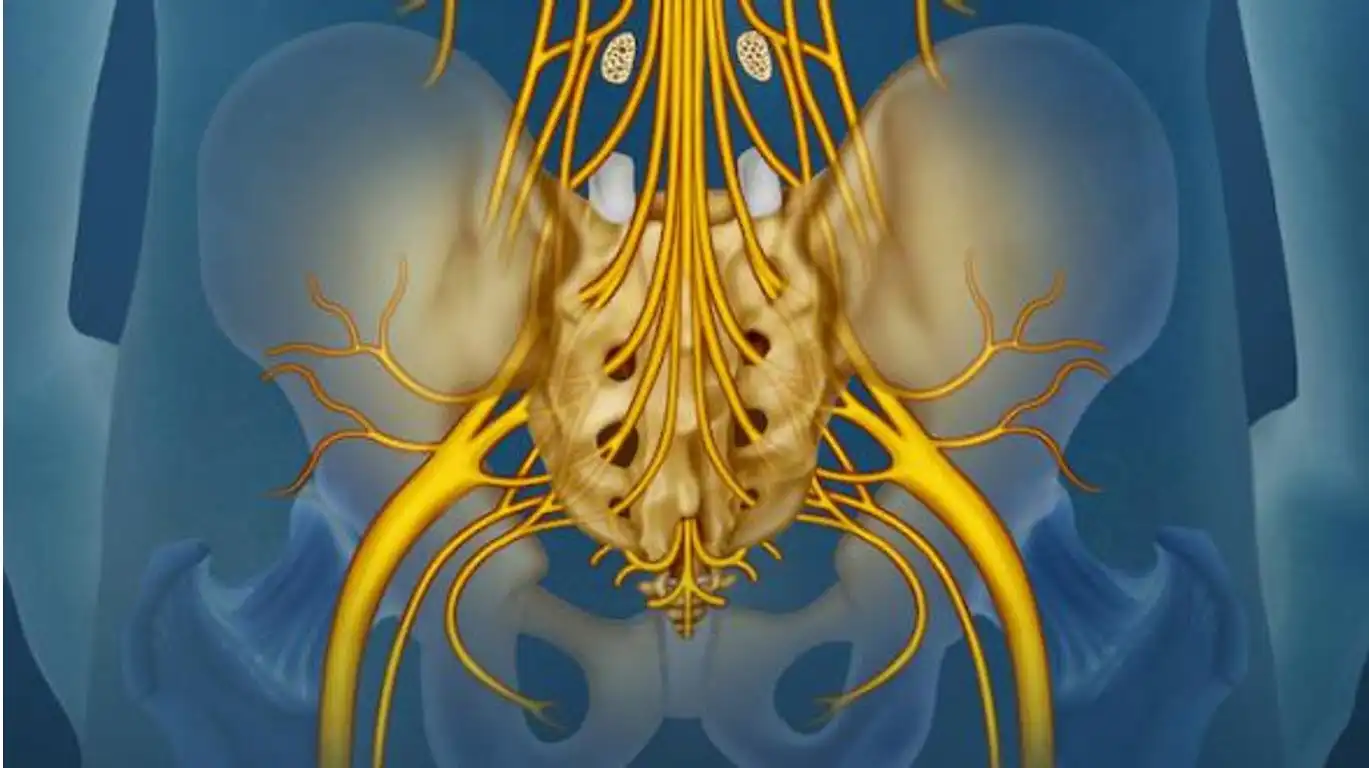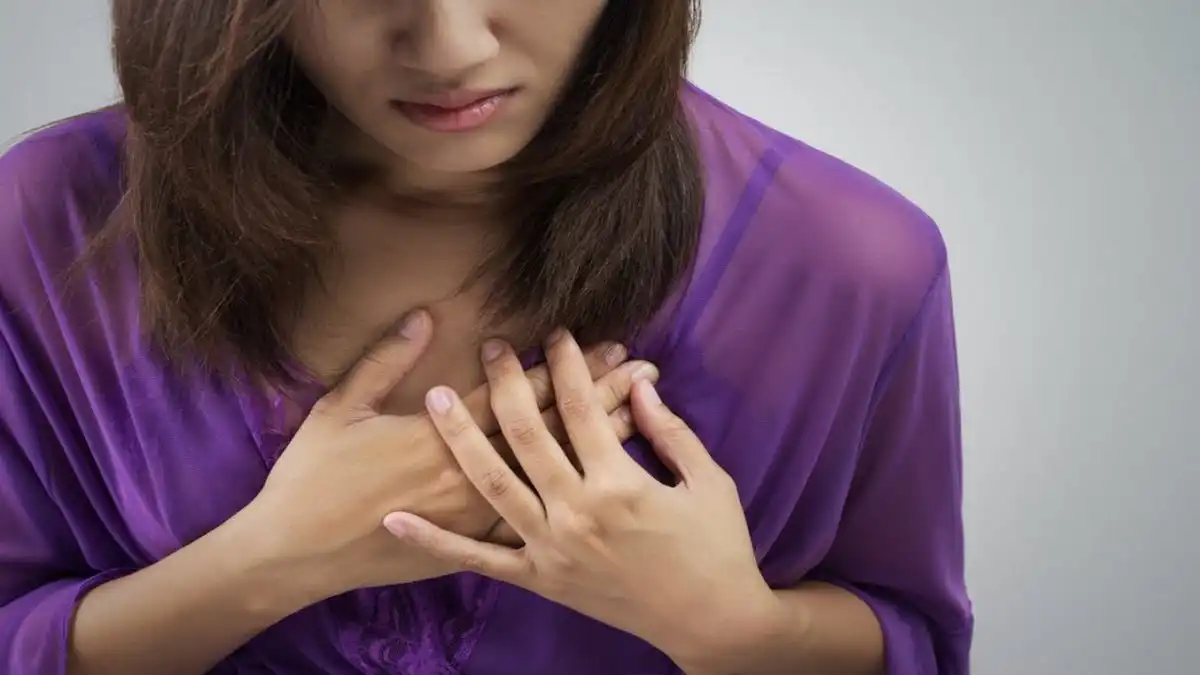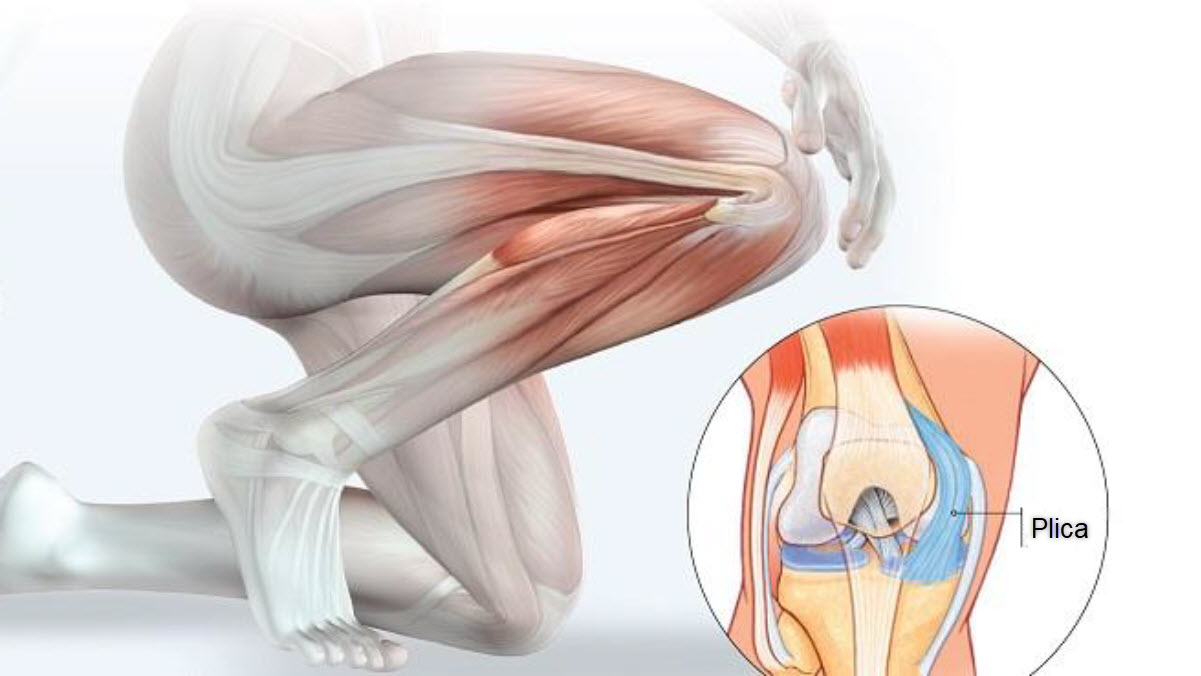Introduction
Persistent and intractable hiccups represent prolonged and often distressing conditions characterized by the repetitive and involuntary contraction of the diaphragm and subsequent closure of the glottis, resulting in the characteristic “hic” sound. While both conditions involve persistent hiccupping, they differ in duration and severity.
Persistent hiccups are defined as hiccup episodes lasting beyond 48 hours. These hiccups can persist for several days and are often considered abnormal due to their extended duration. While they may cause discomfort and inconvenience, persistent hiccups typically resolve spontaneously or with simple interventions such as holding one’s breath, drinking water, or distraction techniques.
In contrast, intractable hiccups are characterized by hiccup episodes that endure for an extended period, typically beyond 30 days. This prolonged duration significantly impacts the individual’s quality of life, often leading to psychological distress, social isolation, and physical discomfort. Intractable hiccups are considered rare and pose significant challenges in terms of management and treatment due to their persistence and resistance to conventional interventions.
The underlying mechanisms driving persistent and intractable hiccups are not fully understood but are thought to involve disruptions in the reflex arc responsible for initiating and terminating hiccup episodes. This reflex arc comprises sensory, motor, and central processing components, with aberrations at any stage potentially leading to the onset and perpetuation of hiccupping.
Various factors can contribute to the development of persistent and intractable hiccups, including gastroesophageal reflux disease (GERD), central nervous system disorders, medication side effects, metabolic disturbances, and psychological stress. Identifying and addressing the underlying cause is essential in managing these conditions effectively.
Clinical Presentation
We present the case of a 25-year-old woman with a 7-year history of intractable hiccups, successfully treated with osteopathic manipulative treatment (OMT). The patient’s hiccups began in 2015, manifesting in couplets and escalating to over 50 hiccups daily. Initial treatments, including therapy for H. pylori, were ineffective. Subsequent consultations with gastroenterologists and neurologists yielded no significant findings or improvement. Conservative treatments like muscle relaxants, breathing techniques, and acupuncture provided no relief. Even a trial of baclofen, a muscle relaxant, failed to alleviate symptoms after two months.
Intervention and Outcome
In August 2022, the patient underwent OMT over five sessions. By the third session, her typical hiccups ceased, replaced by infrequent “micro” hiccups. Following the fourth session and beyond, the patient experienced a near-complete cessation, with only 1-2 “micro” hiccups weekly. A follow-up in May 2023 confirmed the sustained resolution of her intractable hiccups.
Discussion
The presented case of intractable hiccups treated with osteopathic manipulative treatment (OMT) represents a significant and unique contribution to the medical literature. Notably, this case stands out as one of the longest documented instances of intractable hiccups successfully managed with OMT, highlighting the potential efficacy of this therapeutic approach in addressing a challenging condition with limited treatment options.
The profound reduction in hiccup frequency observed following OMT underscores the therapeutic potential of this intervention. By targeting somatic dysfunction and addressing underlying neuromusculoskeletal imbalances, OMT appears to have effectively modulated the reflex arc responsible for initiating and perpetuating hiccup episodes. This reduction in hiccup frequency not only alleviates the physical discomfort associated with the condition but also enhances the patient’s overall quality of life by mitigating the psychological and social burdens imposed by persistent hiccups.
Moreover, the exhaustive medical history and unsuccessful treatments preceding OMT lend further credence to the significance of this case. The patient’s prolonged struggle with intractable hiccups, coupled with the failure of conventional therapeutic modalities, underscores the refractory nature of the condition and the urgent need for alternative treatment approaches. In this context, the successful outcome achieved with OMT highlights the importance of considering complementary and integrative therapies in the management of complex and recalcitrant medical conditions.
Overall, the presented case not only contributes to our understanding of the pathophysiology and treatment of intractable hiccups but also emphasizes the potential role of OMT as a valuable therapeutic modality in addressing refractory neuromusculoskeletal disorders. Moving forward, further research and clinical investigations are warranted to elucidate the mechanisms underlying the therapeutic effects of OMT and to determine its optimal role in the management of various medical conditions, including intractable hiccups.
Conclusion
In conclusion, osteopathic manipulative treatment (OMT) has shown promising results in the case of persistent and intractable hiccups, as demonstrated by the near-complete resolution experienced by a 25-year-old woman. By targeting somatic dysfunction affecting the autonomic nervous system, OMT offers a low-cost and low-risk intervention for addressing this challenging condition. Whether used alone or in combination with conventional treatments, OMT emerges as a valuable option for managing hiccups effectively.
Moving forward, further research is warranted to explore the integration of OMT into standard care protocols for hiccups. This could involve large-scale clinical trials to assess its efficacy and safety compared to existing treatments. Additionally, investigations into the mechanisms underlying OMT’s effectiveness in treating hiccups would provide valuable insights into its therapeutic potential. By advancing our understanding and utilization of OMT in the context of hiccups, we can better serve patients suffering from this bothersome and sometimes debilitating condition.
Reference: Bowman, D.E., & Pohlod, C. (2024). A 25-year-old woman with 7 years of intractable hiccups treated with OMT – A case report. International Journal of Osteopathic Medicine. doi:10.1016/j.ijosm.2024.100712















